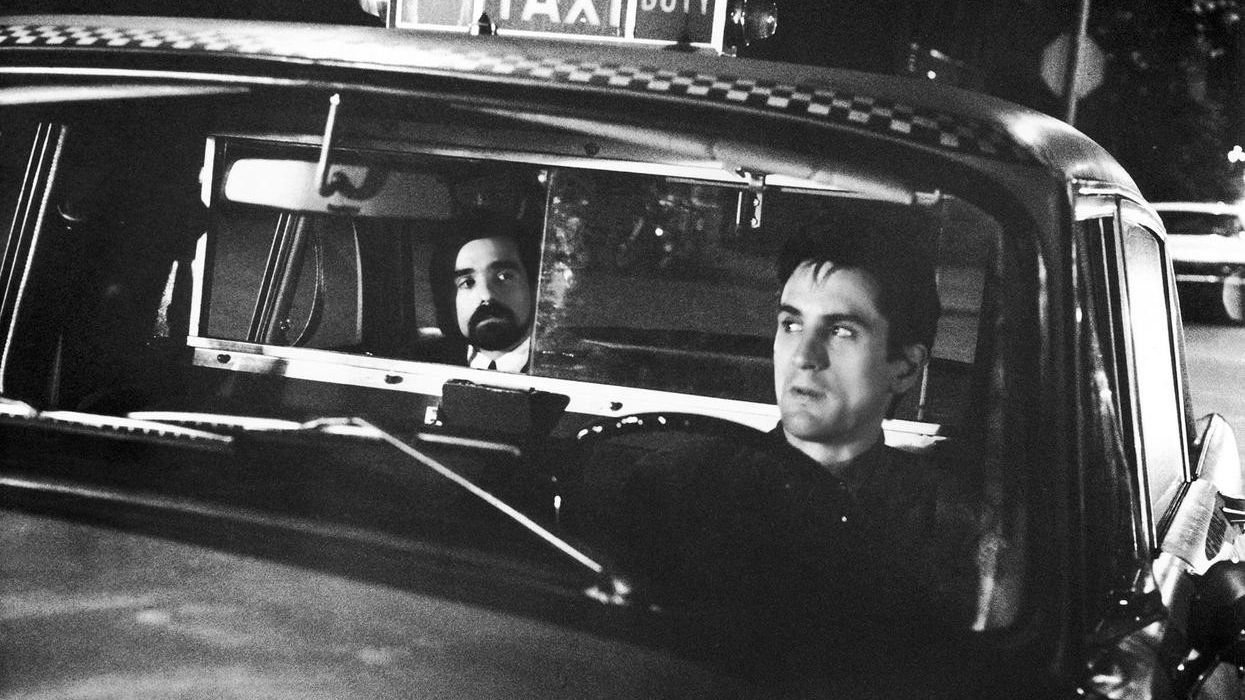What Martin Scorsese Can Teach Us About Motivated Camera Movement
Is there anything we can’t learn from the great Martin Scorsese?

It seems that in the 40 plus years since Martin Scorsese gave the cinema world Taxi Driver, the acclaimed director of other classic hits such as Goodfellas, Raging Bull and Gangs of New York continues to serve as both inspiration as well as aspiration for filmmakers trying to learn and emulate from the directing master.
From his signature use of the roaming steadicam to his musical editing techniques, Scorsese’s directing exploits can teach a hungry filmmaker pretty much anything about the craft. In this latest video essay by #MovieGroovie on Youtube we get our next lesson in motivated camera movement and how it can make an actor’s performance shine.
Scorsese’s Camera Movement
Taking the majority of its cues from one iconic sequence from the aforementioned Taxi Driver, Scorsese’s camera movement is a master class in directing as it gives Robert De Niro plenty of motivation to build out his portrayal of Travis Bickle at a crucial point in the character’s narrative development.
Camera Work to Emphasis Character Development
When you look across Scorsese’s filmography, he uses many of the same techniques to emphasise character change in critical narrative moments. From his use of central framing to keep an audience squarely focused on the character in times of tribulation, he craftly brings in new obstacles and adjusts compositions to challenge a character performance.
Create Vulnerability in Close Ups
As the video essay explains, Scorsese also is not afraid to get up and close with his actors to create vulnerability in times of emotional crises. While most directors will cut to close ups for key moments, Scorsese - always a fan of a long steadicam shot - will often push the camera in his characters to bring the audience’s focus and interest crashing in with him.
Changing Planes for Conflict
It’s also interesting to watch how Scorsese, even when working hard to keep a character centrally located in a shot, will also have the character change planes from background, to middleground to foreground as the conflicts grow.
Furthermore, in the Taxi Driver scene example, to even more create a sense of change in a character and his performance, Scorsese uses marked shifts in having a character enter head-on, to finally be left in profile at the end as the camera is left to follow him into the next scene.
















